It’s important to note that all four series of banknotes (except for RM500 and RM1000) are technically still legal tender. Therefore, when obtaining Malaysian currency, you may come across older series of banknotes still in circulation, leading to potential confusion, especially for visitors to Malaysia.
Buy Fake RM 100 Banknotes Online Best 100 Malaysia Ringgit
$2.20
Buy Fake RM 100 Banknotes Online
Buy RM 100 Bills Online
The Malaysian ringgit
RM 100
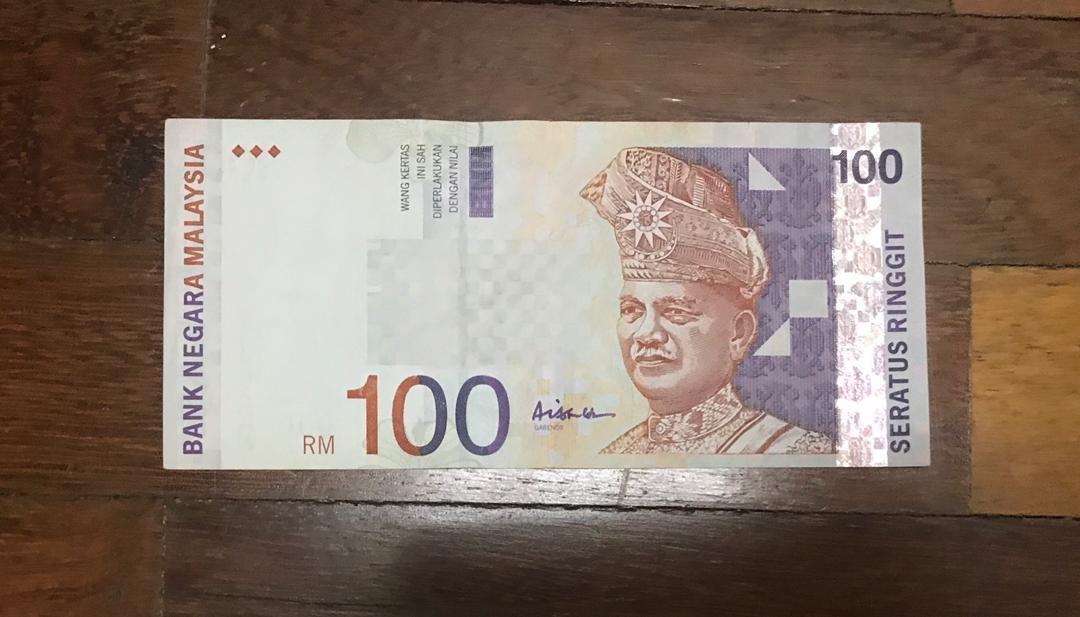
Buy counterfeit RM100 online from the legit supplier of fake banknotes. Invest in Malaysia with undetectable fake Malaysian ringgit.
RINGGIT MALAYSIA
Currently the highest value banknote after the demonetising of RM500 & RM1000 back in 1999.
The top 100 Ringgit is the 4th Series banknote, the one below is the 3rd Series, both are still remain in circulation.
Distinctively Malaysia
RM 100 Bills
The latest series of Malaysian banknotes draws its inspiration from elements which distinctively define the country’s diverse culture, heritage and nature. Themed ‘Distinctively Malaysia’, the fourth series of Malaysian banknotes features traditional expressions in the art and craft, natural wonders, flora and fauna, economy and tradition.
Counterfeit Ringgit Malaysian banknotes authentication using novel graph-based chemometrics method
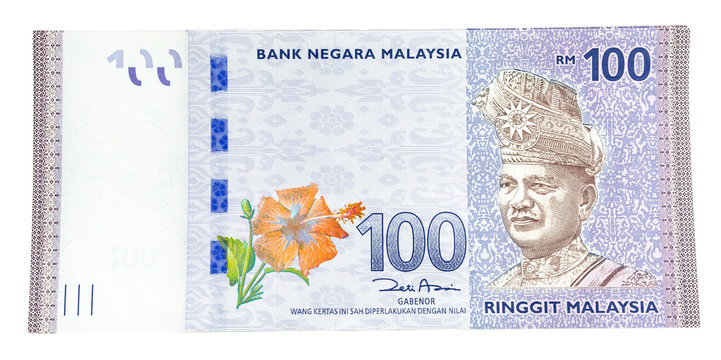
The Malaysian Ringgit is the currency unit of the Malaysian currency with the code MYR. Ringgit have banknotes worth RM100, RM50, RM20, RM10, RM5, RM1 and 50 sen (cent) coins, as well as 20 sen, 10 sen, and 5 sen coins. Earlier, money was known as dollar in English and ringgit in Malay. However, the “$” symbol continued to be used until it was changed to “RM” in 1993 and continue to be used until today.
Counterfeiting, in particular, the forgery of banknotes
science experts utilizing chemical technique such as infrared spectroscopy to analyze genuine and counterfeit banknotes.



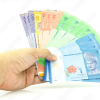



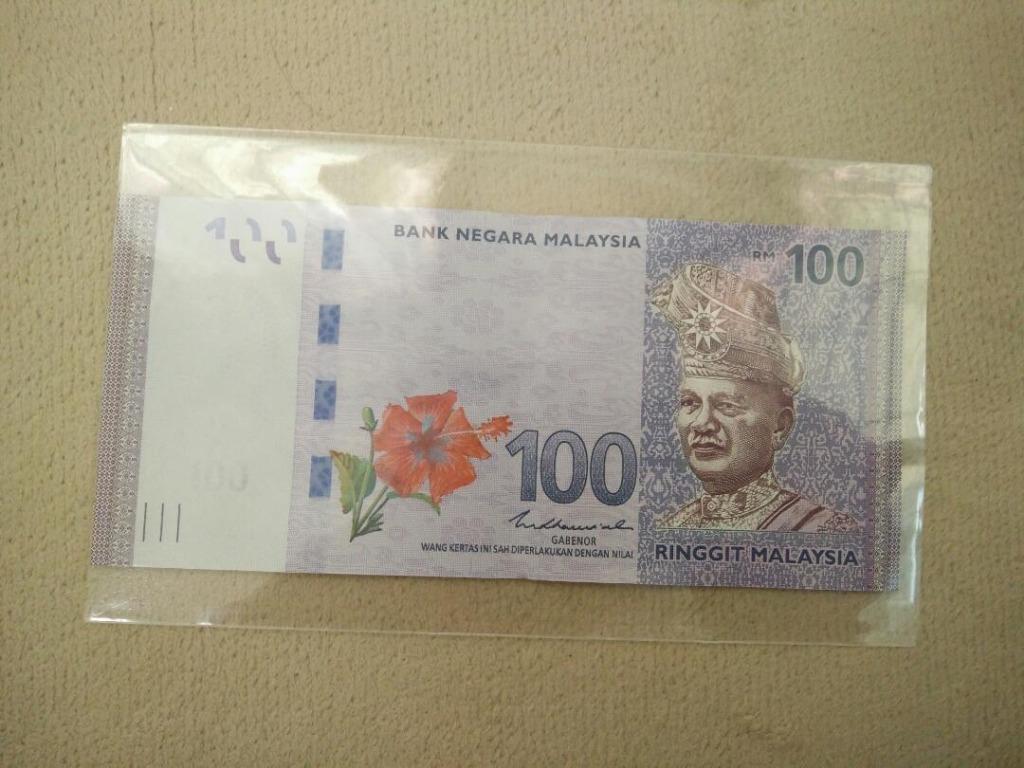



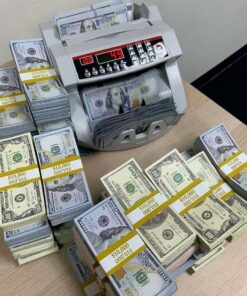





Samy white –
I’m so grateful with buyssdchemicalsolutions.com never thought your service will be this good